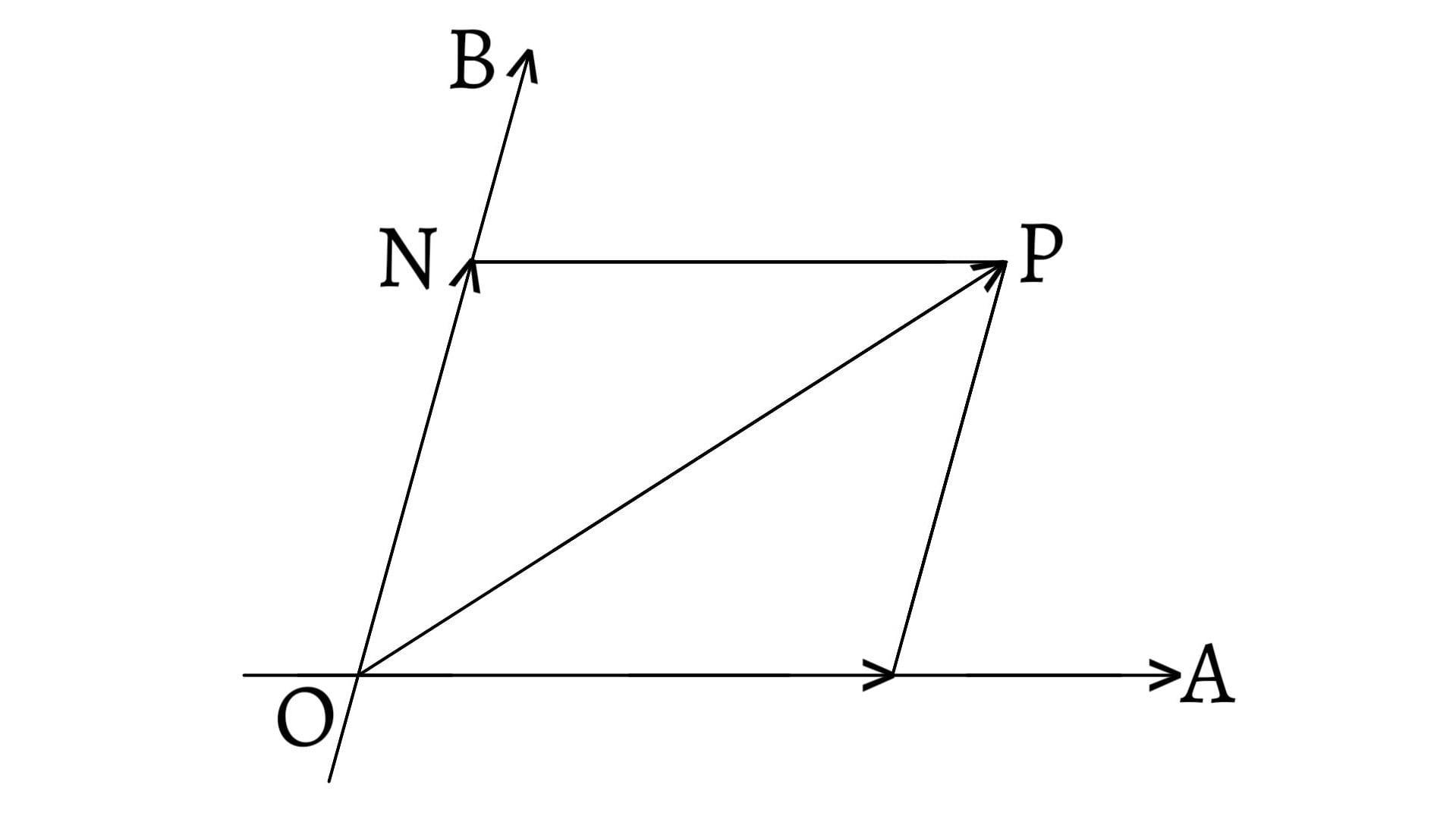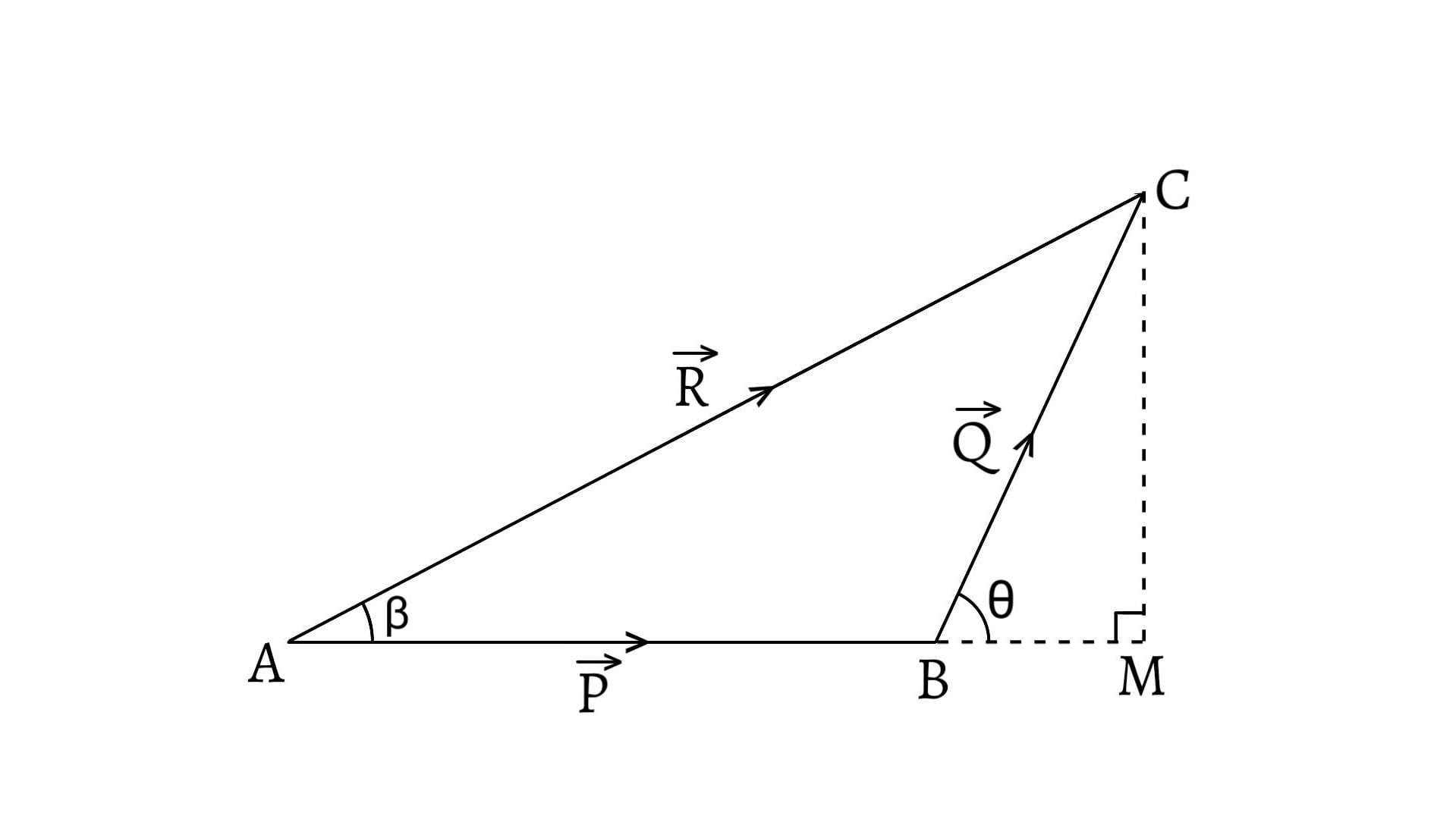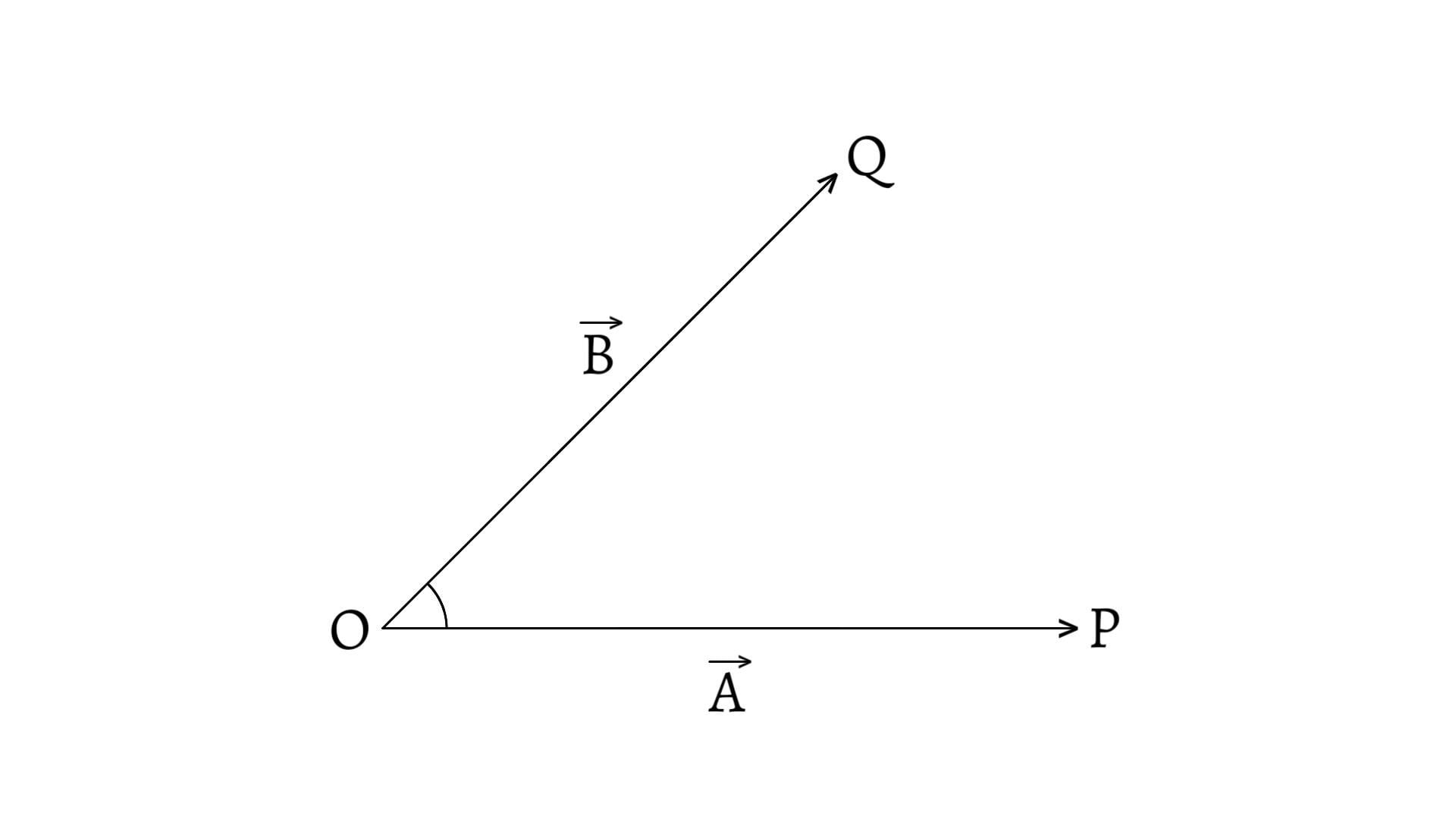A vector whose magnitude is zero is called a zero vector or null vector. So, $(0,0)$ is the zero vector. In a zero vector, the origin and the terminal point coincide. The direction of a zero vector is indeterminate.
A zero vector is represented by $\overrightarrow{O}$. A vector when multiplied by $0$ gives a zero vector. \[\therefore\overrightarrow{O}=\overrightarrow{0}\]
Properties of a Zero Vector
- The addition of a zero vector to a given vector or subtraction of the zero vector from the given vector does not alter the given vector. Thus, \[\overrightarrow{A}+\overrightarrow{O}=\overrightarrow{A}\] \[\overrightarrow{A}-\overrightarrow{O}=\overrightarrow{A}\]
- If a zero vector is multiplied by a non zero scalar $n$, then again a zero vector is obtained. \[\therefore n\overrightarrow{O}=\overrightarrow{O}\]
- If $m$ and $n$ are two different non zero scalars, then the relation \[m\overrightarrow{A}=n\overrightarrow{B}\] can hold only if both $\overrightarrow{A}$ and $\overrightarrow{B}$ are zero vectors.
A zero vector has a lot of physical significance. It is useful in describing the physical situation involving vector quantities.
Examples of Zero Vectors
- Velocity vector of a stationary particle is a zero vector.
- The acceleration vector of an object moving with a uniform velocity is a zero vector.
- The position vector of the origin of coordinate axes is a zero vector.






